Advise on potting Amaryllis
br33
12 years ago
Related Stories

HOUSEPLANTSHow to Force Amaryllis Bulbs Indoors
Enjoy vibrant red blossoms even as gardens turn snowy white, by teaching this hardy repeat performer to ignore the calendar
Full Story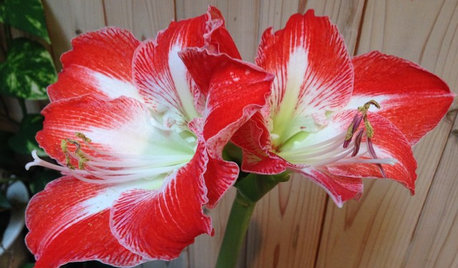
WINTER GARDENINGHow to Get an Amaryllis to Rebloom
Enjoy glorious flowers year after year just when you need them most, with this step-by-step strategy
Full Story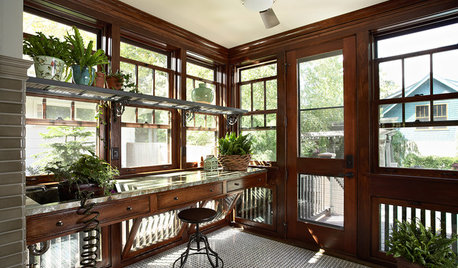
WINTER GARDENINGWinter Gardening: Ideas for a Dream Potting Room
Check out potting rooms that get indoor gardening right — and learn tips for creating your own
Full Story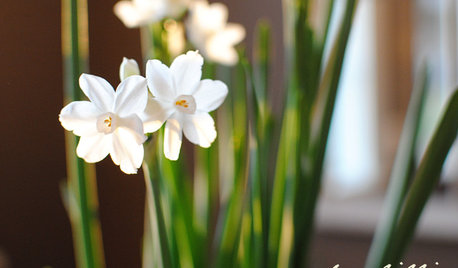
DECORATING GUIDESTreat Yourself to Spring Blooms in Winter
Get a jump on spring with a fragrant pot of paperwhites and other bulbs indoors
Full Story
CONTAINER GARDENSHappy Houseplants, Happy People
Potted plants add life and beauty to a room. Learn easy ways to keep them healthy
Full Story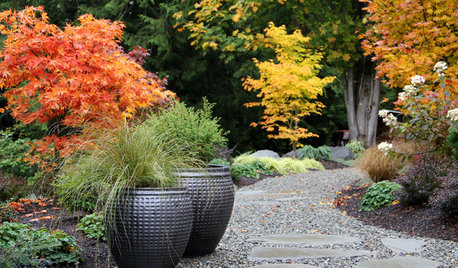
CONTAINER GARDENS9 Tips for Creating an Artful Container Garden
Make your potted plantings a beautiful sight with these ideas for container types, plant groupings and more
Full Story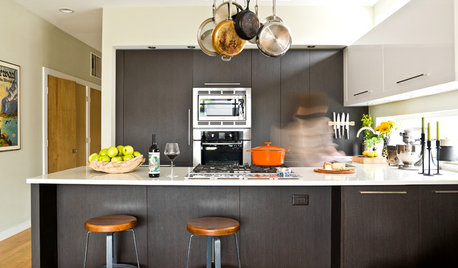
HOUSEKEEPINGHow to Clean Your Cookware So It Lasts
Avoid damage during everyday cleaning and stain scrubbing, with these tips for pots and pans made of popular materials
Full Story
PLANTING IDEASStretch the Budget, Seasons and Style: Add Conifers to Your Containers
Small, low-maintenance conifers are a boon for mixed containers — and you can transplant them to your garden when they’ve outgrown the pot
Full Story
SUMMER GARDENINGHow to Grow Basil
Bright color, quick growth and endless uses for cooking make this summer annual a winner in the garden or a pot
Full Story
LIGHTINGYour Guide to Common Light Fixtures and How to Use Them
Get to know pot lights, track lights, pendants and more to help you create an organized, layered lighting plan
Full StoryMore Discussions








tapla (mid-Michigan, USDA z5b-6a)
br33Original Author
Related Professionals
Cary Landscape Architects & Landscape Designers · Seabrook Landscape Architects & Landscape Designers · Wareham Landscape Architects & Landscape Designers · Apollo Beach Landscape Contractors · Darien Landscape Contractors · Matteson Landscape Contractors · New Braunfels Landscape Contractors · Stallings Landscape Contractors · Hinsdale Solar Energy Systems · Madison Solar Energy Systems · Auburn Window Contractors · Castro Valley Window Contractors · Ridgefield Park Fence Contractors · Santa Clarita Fence Contractors · Skokie Fence Contractorsjodik_gw
br33Original Author
calistoga_al ca 15 usda 9
br33Original Author
calistoga_al ca 15 usda 9
br33Original Author
calistoga_al ca 15 usda 9
br33Original Author
calistoga_al ca 15 usda 9
jodik_gw
br33Original Author